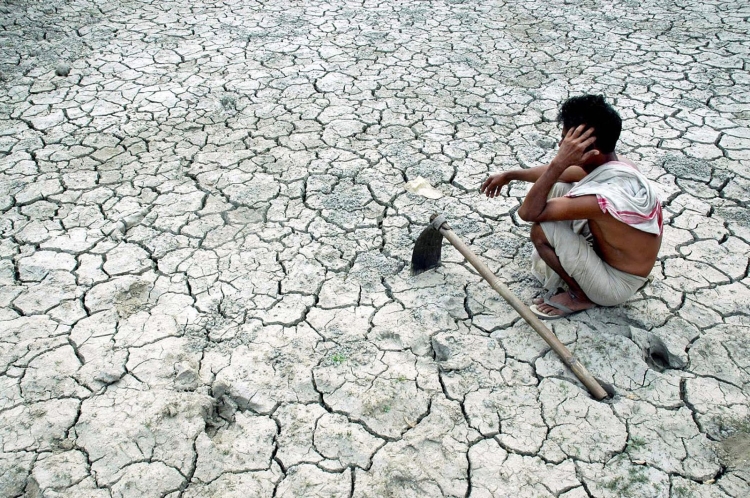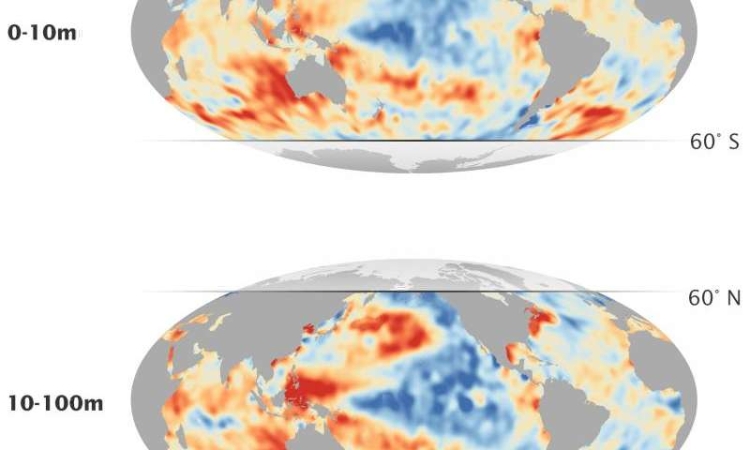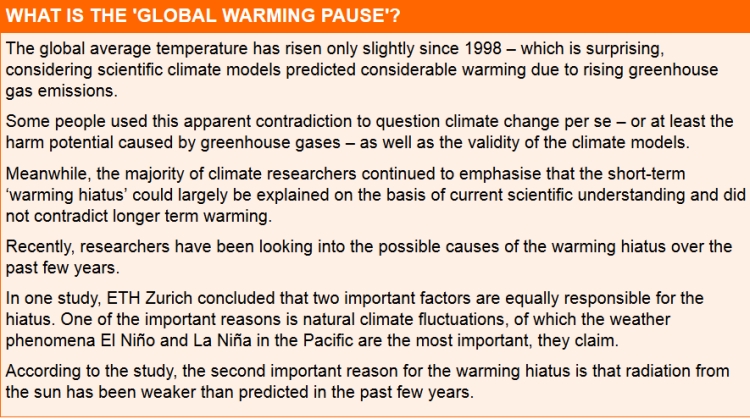Unusual heating of Indian Ocean haunts future of monsoon rainfall in India

Earlier, ecological balance was on the mercy of human kind, but now nature has taken control of business going on for centuries.
Long debate over climate change and ‘global warming pause’ between two separate groups of environmentalists and research scholars has been fueled by recent findings of a study conducted by NASA.
The fact that earth’s temperature has saw an increase of only .06 degree Celsius in last 15 years had rejuvenated many who believed that global warming isn’t real. The scientists weren’t able to trace the amount of extra heat trapped in increased greenhouse gases that appeared to have vanished.

As a shocker, a new study has found that it’s the Indian and Pacific Oceans which are holding the heat beneath it. The extra heat did not disappear. The additional heat trapped by green-house gases in last 10-years is trapped in a specific layer between 300 and 1,000 ft (100 and 300 meters) beneath the surface of the ocean.

The findings came as the National Aeronautics and Space Administration (NASA) published their recent study of ocean warming. In the study, researchers observed direct ocean temperature measurements including data from a global network consisting of nearly 3,500 ocean temperature probes. The comparison showed that ocean water between the mentioned layers below ocean surface has been warming at an unusual rate. This heating is caused by the extra heat trapped by greenhouse gasses that sunk down into the oceans.
The trouble for Indian continent begins as the warm water leaks into Indian Ocean from the Pacific. Explaining the effect of the warming, the study published in Nature Communication Journal said:
Analysis using multiple observed datasets demonstrates a significant weakening trend in summer rainfall during 1901–2012 over the central-east and northern regions of India, along the Ganges-Brahmaputra-Meghna basins and the Himalayan foothills, where agriculture is still largely rain-fed. Earlier studies have suggested an increase in moisture availability and land-sea thermal gradient in the tropics due to anthropogenic warming, favouring an increase in tropical rainfall. Here we show that the land-sea thermal gradient over South Asia has been decreasing, due to rapid warming in the Indian Ocean and a relatively subdued warming over the subcontinent. Using long-term observations and coupled model experiments, we provide compelling evidence that the enhanced Indian Ocean warming potentially weakens the land-sea thermal contrast, dampens the summer monsoon Hadley circulation, and thereby reduces the rainfall over parts of South Asia.
The scientists fear that Indian Ocean warming is likely to continue due to increase in greenhouse gases. Scientists are uncertain regarding the pattern of monsoon in India in future.
Owing to the increase in moisture holding capacity of the atmosphere due to rise in temperature, the monsoon season can witness extreme rainfall to dry spells.
India has second largest population after China. Majority of Indian people are still struggling for survival. Change in the pattern of monsoon rainfall can induce drought over Indian subcontinent. Thus, the food security will also take a hit. Indian government might need better and solid food security policies in case agrarian sector faces loss due to deficient or excessive rains. This uncertainty hints that climate change has taken the control now. This shift in command might be irreversible.
Via: Live Science


